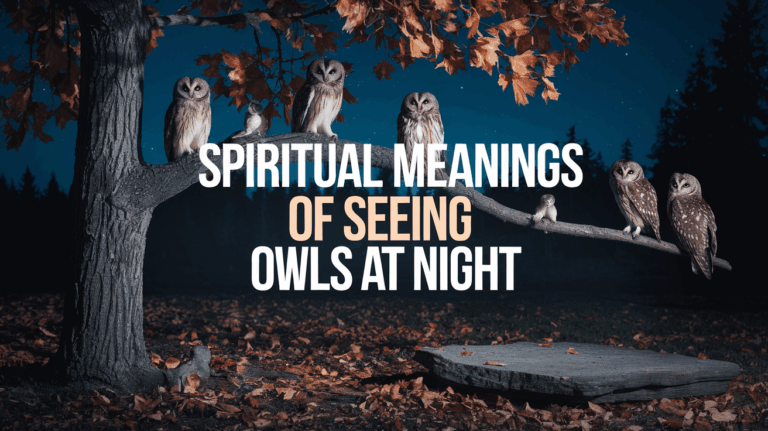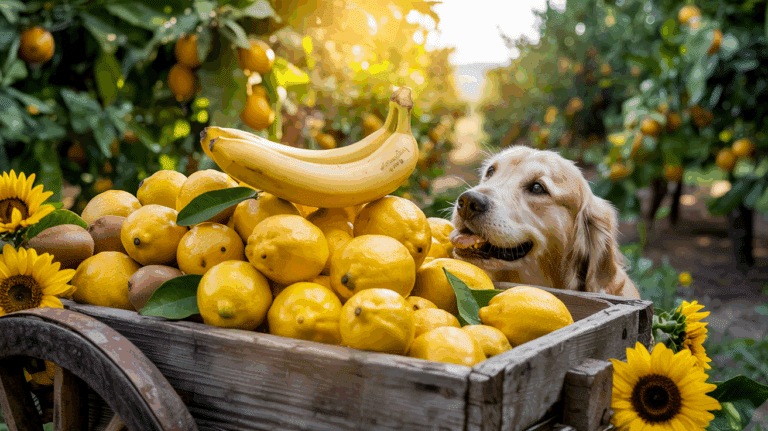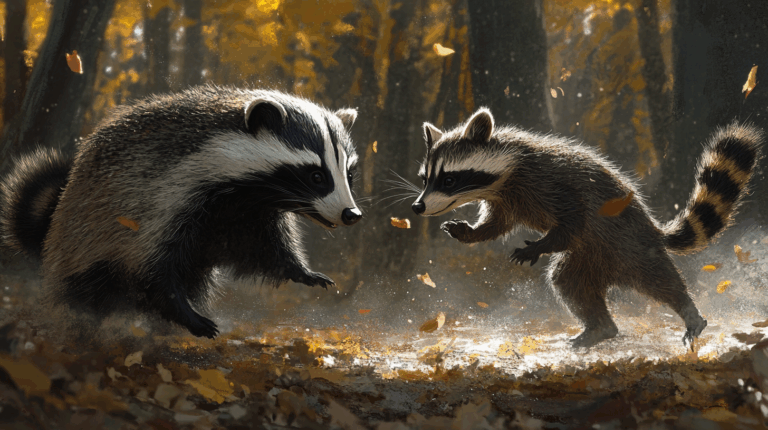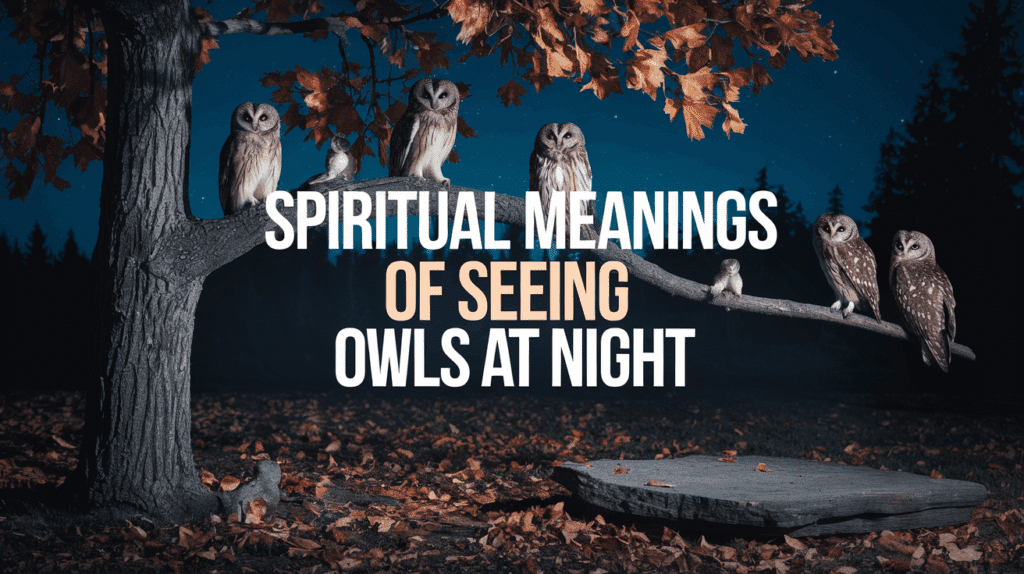Did you know more than 147 animals whose names begin with the letter ‘H’?
That’s quite a surprising number, considering most people can only name a handful like horses, hawks, and hamsters off the top of their heads.
Finding comprehensive information about these animals can be challenging.
Many articles only cover the common species, leaving out interesting creatures like the hairy-nosed wombat or the humphead wrasse that deserve just as much attention.
This guide covers an extensive list of H-named animals, breaking them down by their classifications and natural habitats.
From tiny hummingbirds to massive hippopotamuses, each animal’s unique characteristics and living environment will be explored in detail – making this the perfect resource for nature enthusiasts, students, and curious minds.
22 Animals That Start with H: Endangered Animals
1. Hawksbill Sea Turtle
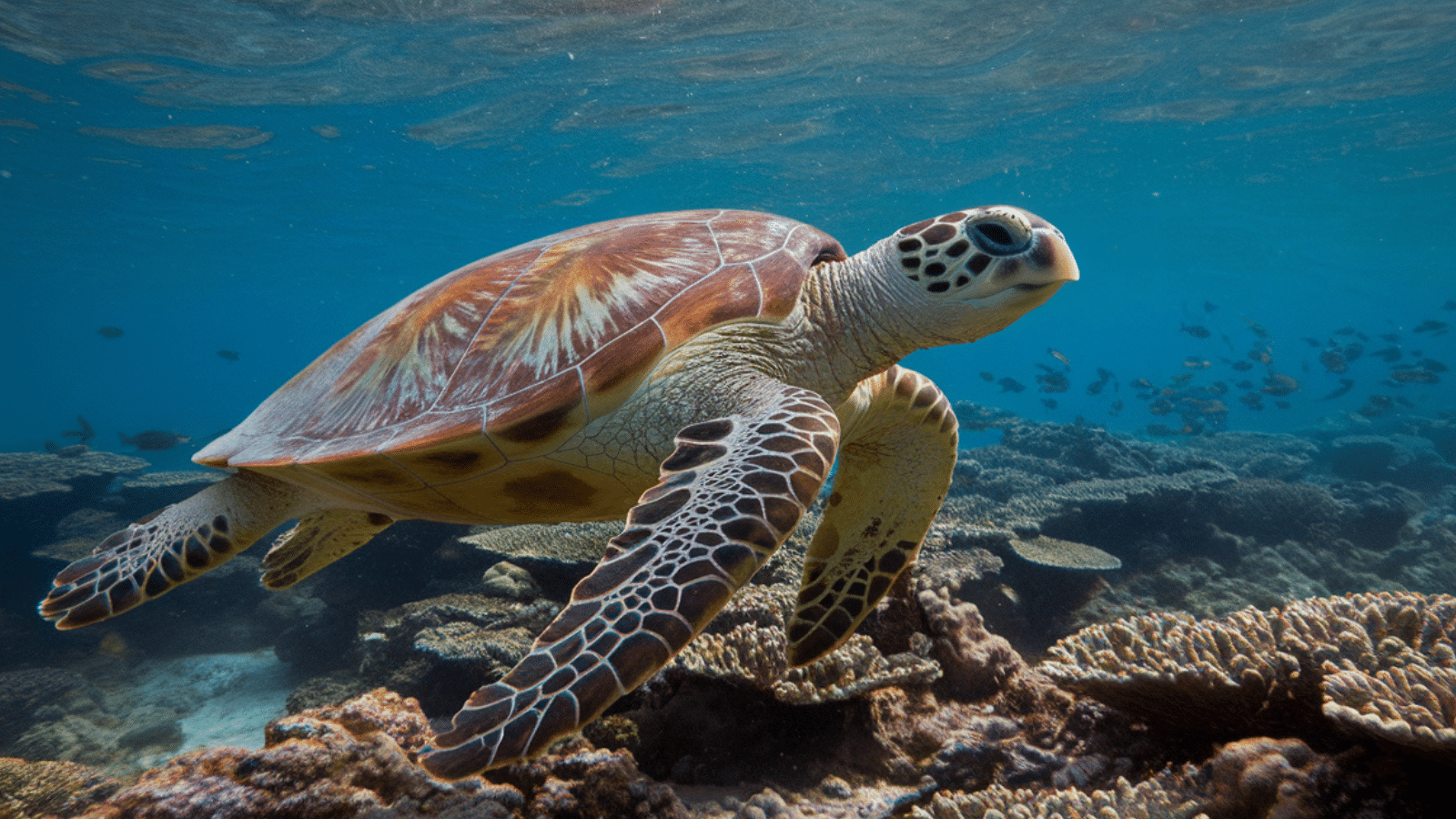
Classification: Reptile
Habitat: Tropical coral reefs, coastal waters
The Hawksbill Sea Turtle is a critically endangered species known for its striking shell patterns.
It primarily inhabits warm coastal waters and coral reef ecosystems, where it plays a vital role in maintaining the health of marine habitats.
2. Himalayan Brown Bear
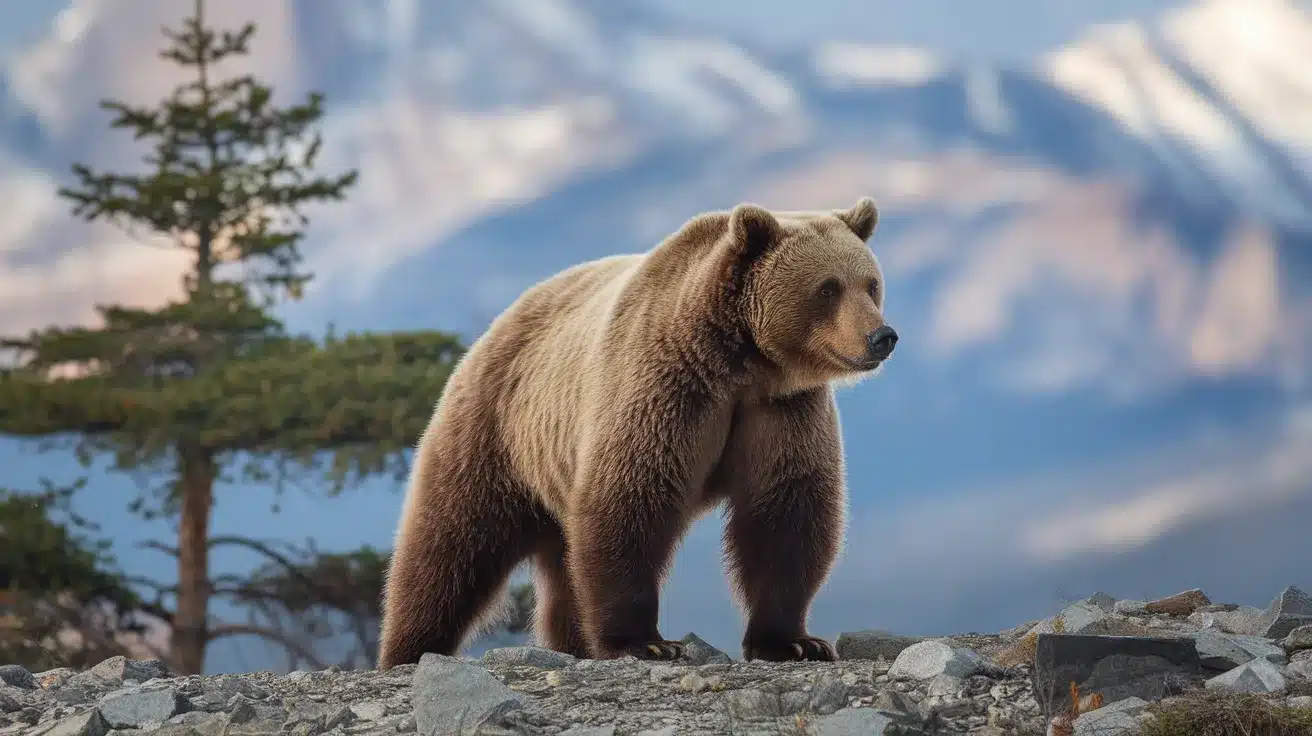
Classification: Mammal
Habitat: Himalayan mountains
This rare subspecies of the brown bear is native to the Himalayan region, where it roams the high-altitude forests and meadows. Due to habitat destruction and poaching, its population has significantly declined.
3. Hainan Gibbon
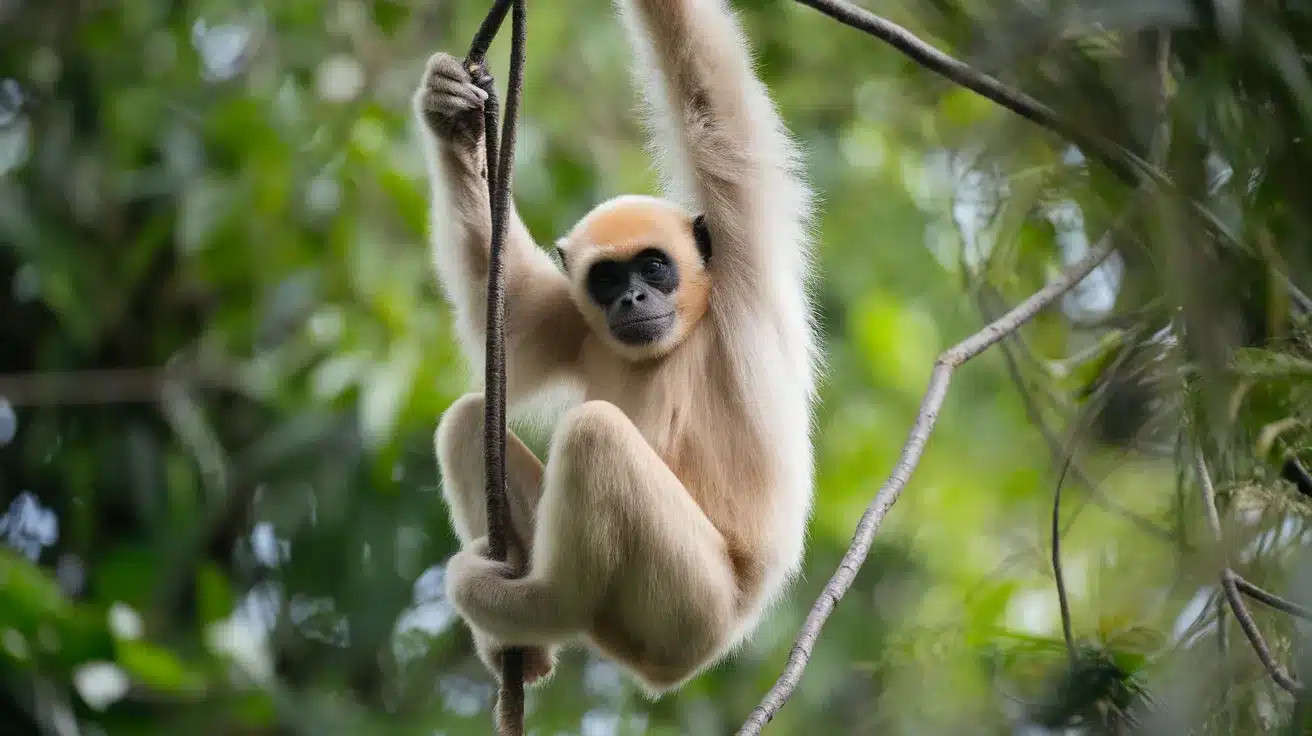
Classification: Mammal
Habitat: Tropical forests of Hainan Island
The Hainan Gibbon is one of the rarest primates in the world. It is found only on Hainan Island in China, and with fewer than 40 individuals left, conservation efforts are crucial to its survival.
4. Hooded Vulture
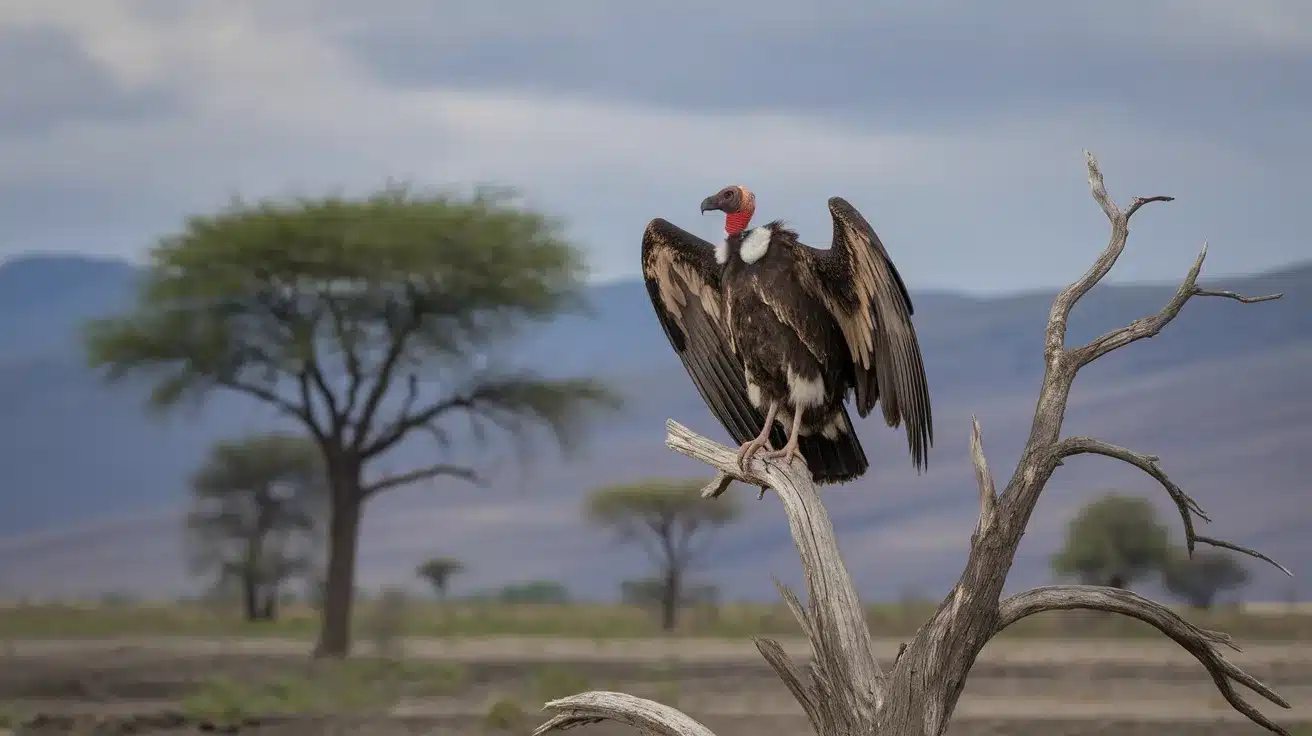
Classification: Bird
Habitat: Savannas and open woodlands
This African vulture species is experiencing rapid population decline due to poisoning, hunting, and habitat destruction. However, it plays a vital role in the ecosystem by cleaning up carcasses and preventing the spread of disease.
5. Humphead Wrasse
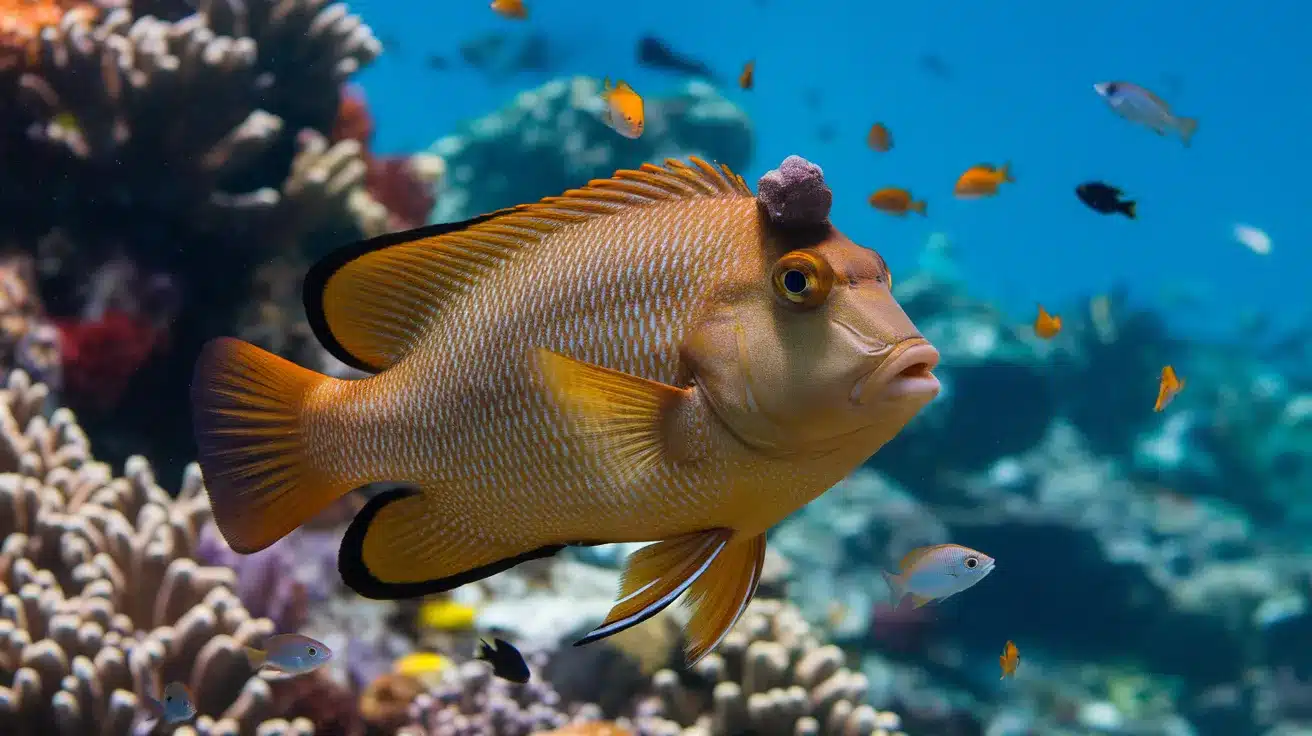
Classification: Fish
Habitat: Coral reefs and coastal waters
One of the largest reef fish, the Humphead Wrasse, is known for its striking colors and prominent forehead bump. It is threatened by overfishing and habitat destruction, making conservation efforts vital.
6. Hispaniolan Solenodon
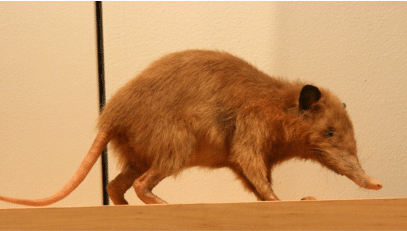
Classification: Mammal
Habitat: Forests of Hispaniola
This nocturnal insectivorous mammal is one of the few venomous mammals in the world.
Native to the Dominican Republic and Haiti, its population is declining due to habitat loss and introduced predators.
7. Himalayan Monal
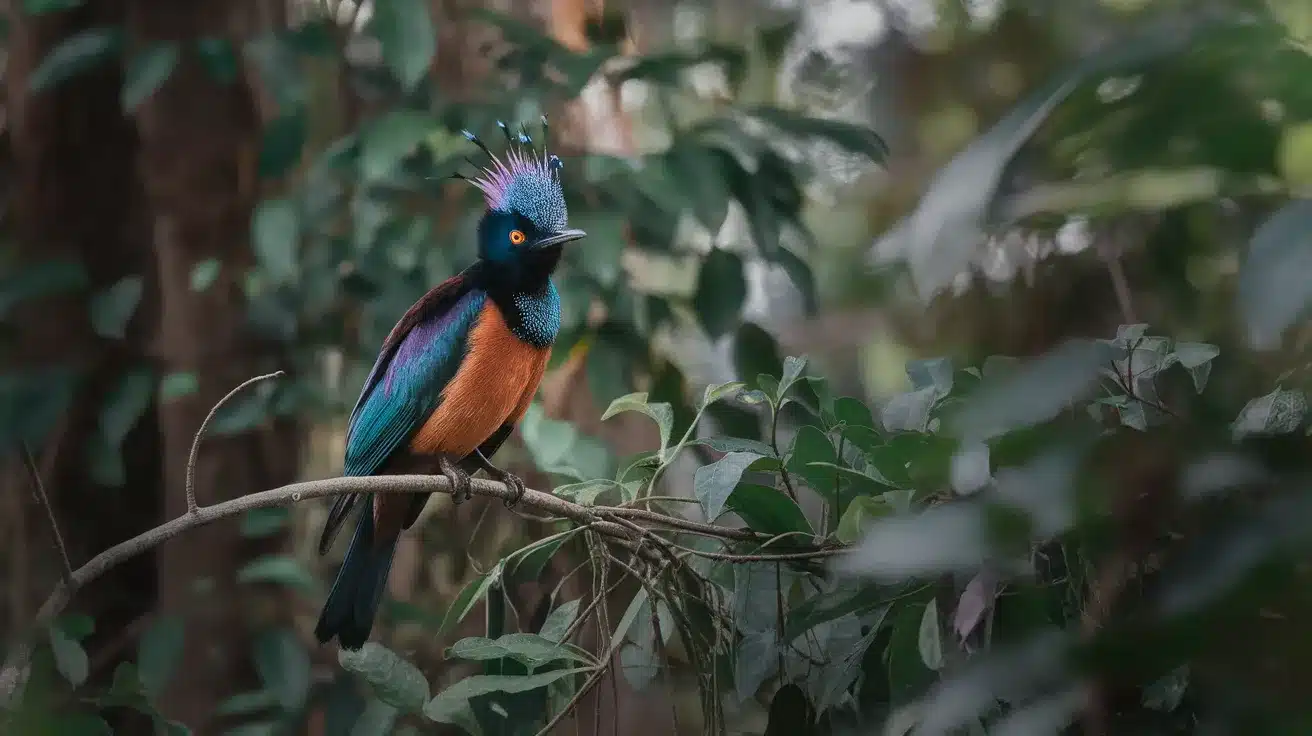
Classification: Bird
Habitat: Himalayan forests and meadows
Known as Nepal’s national bird, the Himalayan Monal is a vibrantly colored pheasant that thrives in high-altitude forests. However, it is threatened by habitat destruction and hunting.
8. Hyacinth Macaw
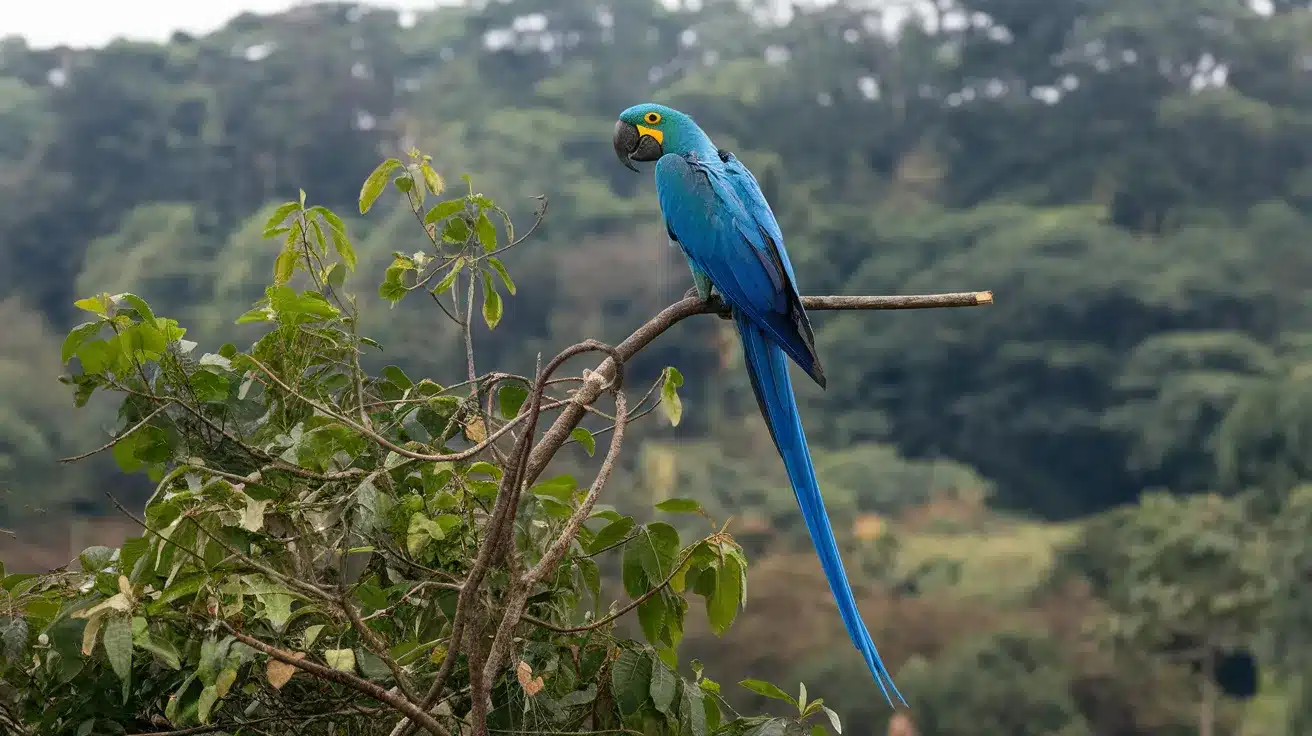
Classification: Bird
Habitat: Tropical rainforests and savannas
The Hyacinth Macaw, the largest flying parrot, is native to South America. Its brilliant blue feathers and strong beak make it a target for illegal pet trade, contributing to its endangered status.
9. Hokkaido Wolf (Extinct in the Wild)
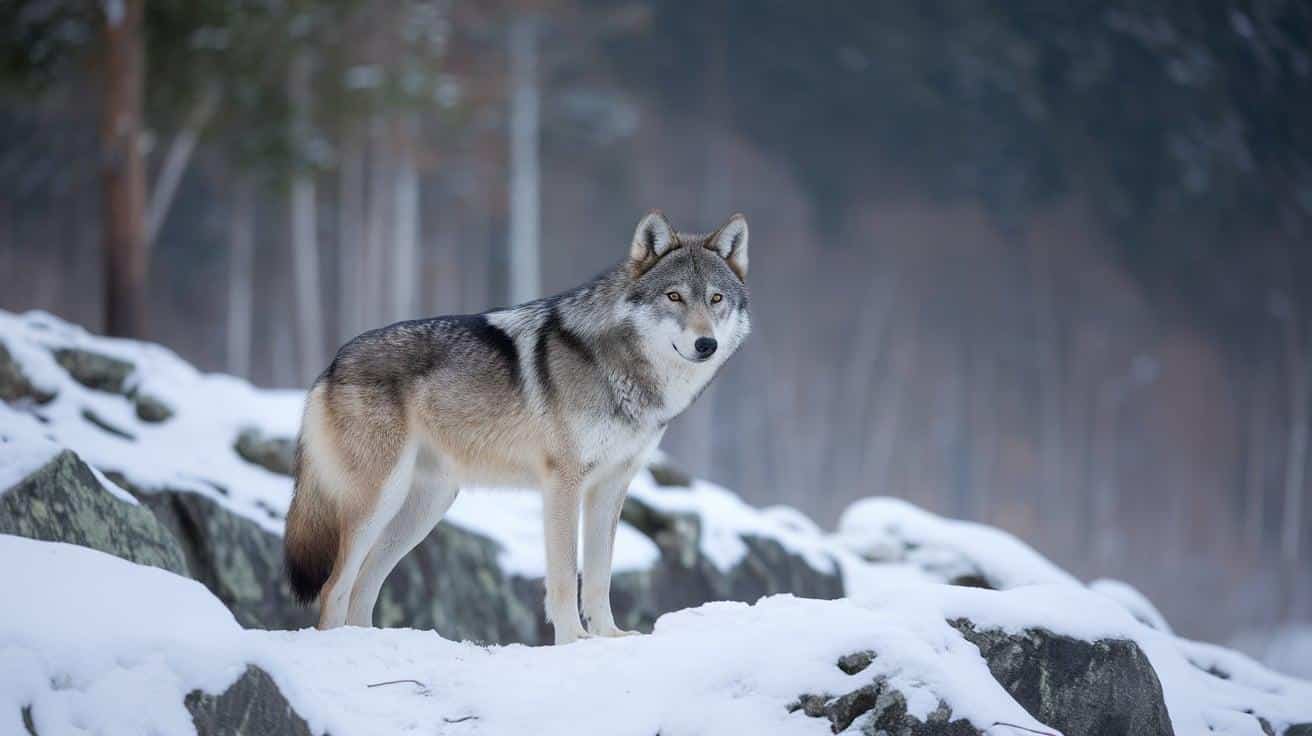
Classification: Mammal
Habitat: Forests of Hokkaido (Extinct in the Wild)
Once found in Japan, the Hokkaido Wolf was driven to extinction due to hunting and habitat loss. Conservationists continue to study ways to preserve related species.
10. Hawaiian Monk Seal
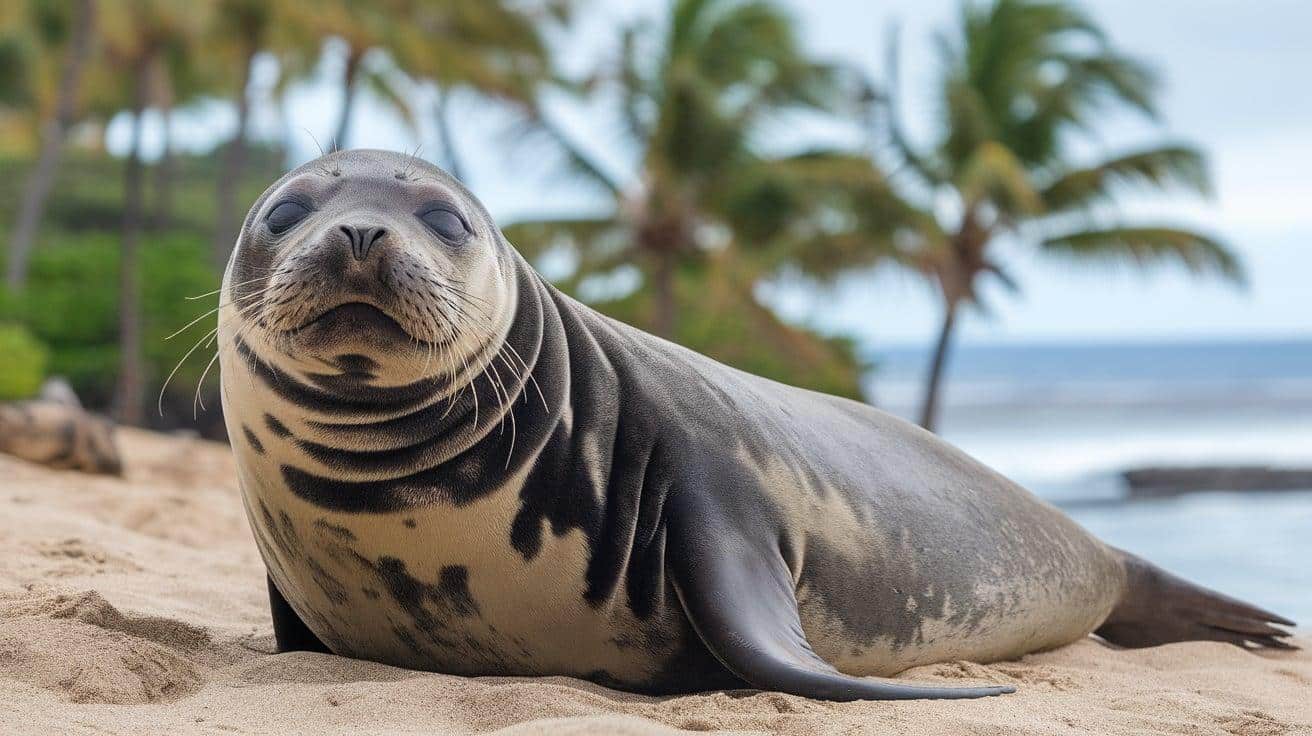
Classification: Mammal
Habitat: Hawaiian coastal waters
One of the rarest seal species in the world, the Hawaiian Monk Seal, is threatened by habitat degradation, human disturbance, and food scarcity.
11. Hoolock Gibbon
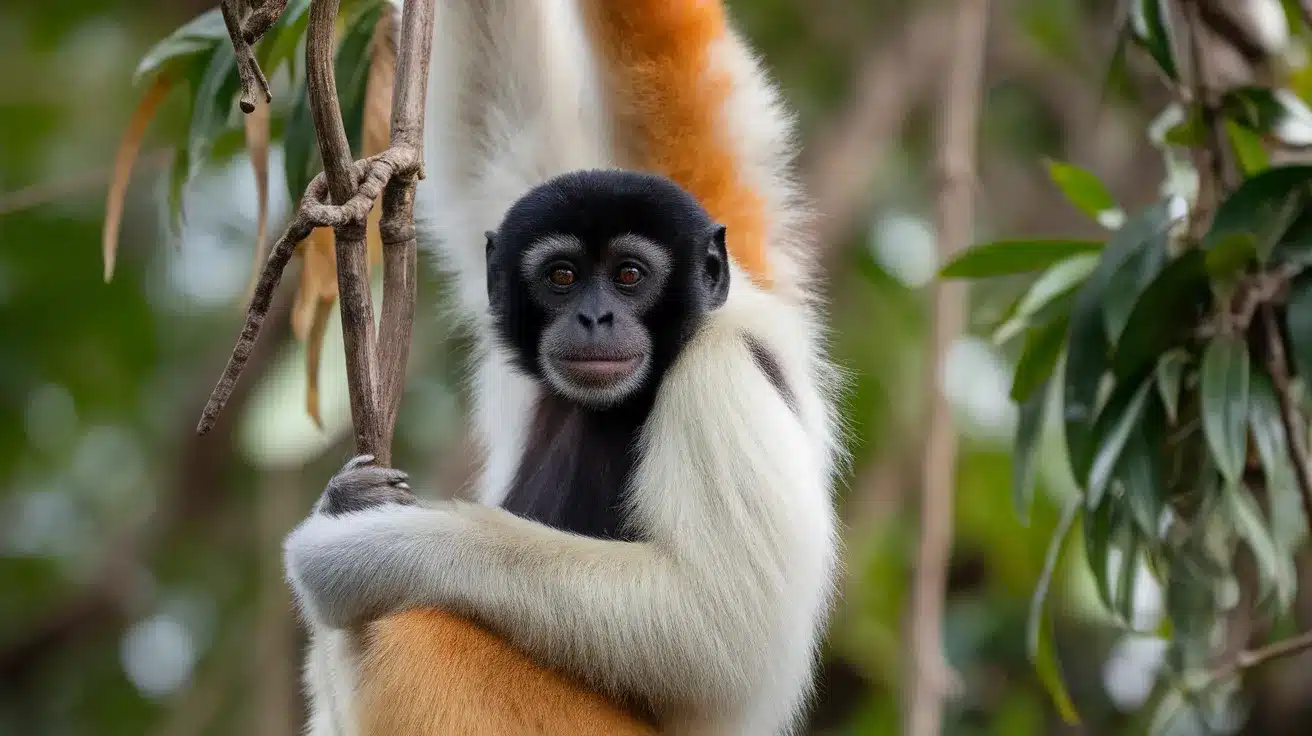
Classification: Mammal
Habitat: Dense forests in South and Southeast Asia
These agile primates rely on forests for survival, easily swinging through trees. Deforestation and hunting have put them at serious risk.
12. Harpy Eagle
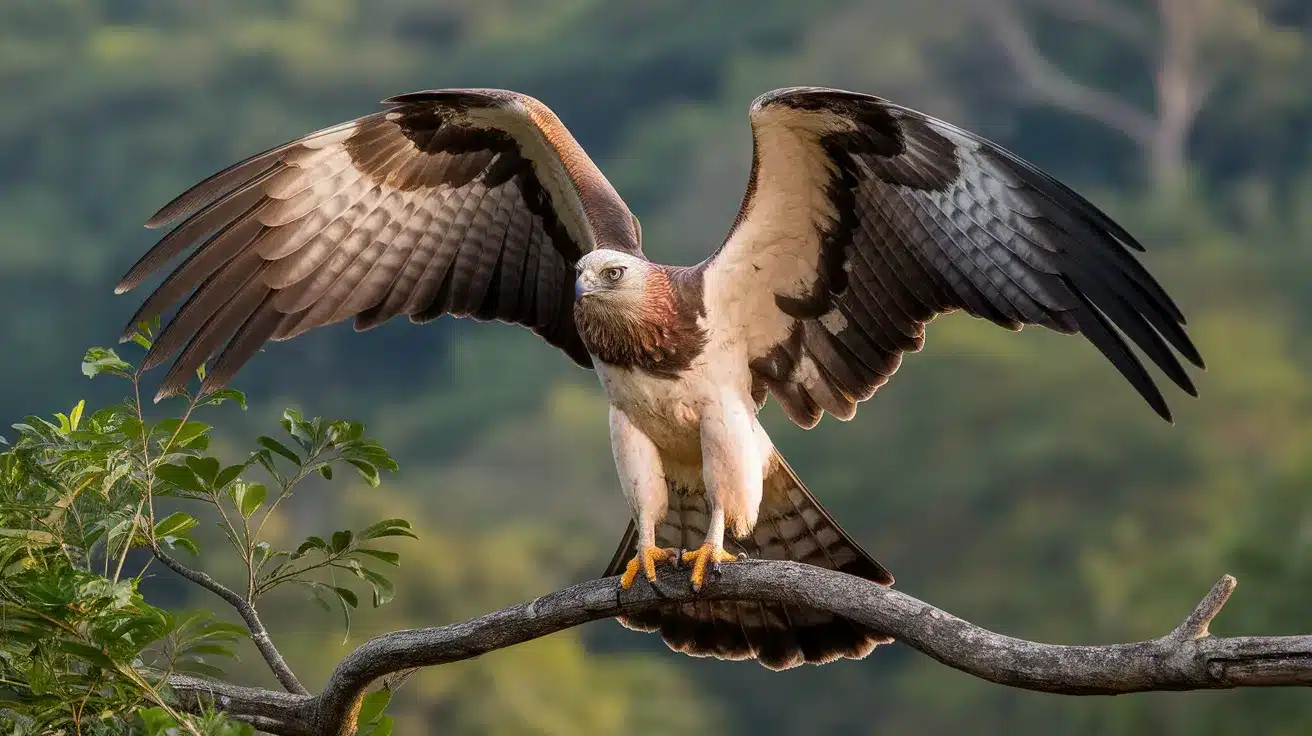
Classification: Bird
Habitat: Tropical rainforests of Central and South America
One of the largest and most powerful eagles, the Harpy Eagle is an apex predator in its habitat but is losing ground due to deforestation.
13. Hellbender Salamander
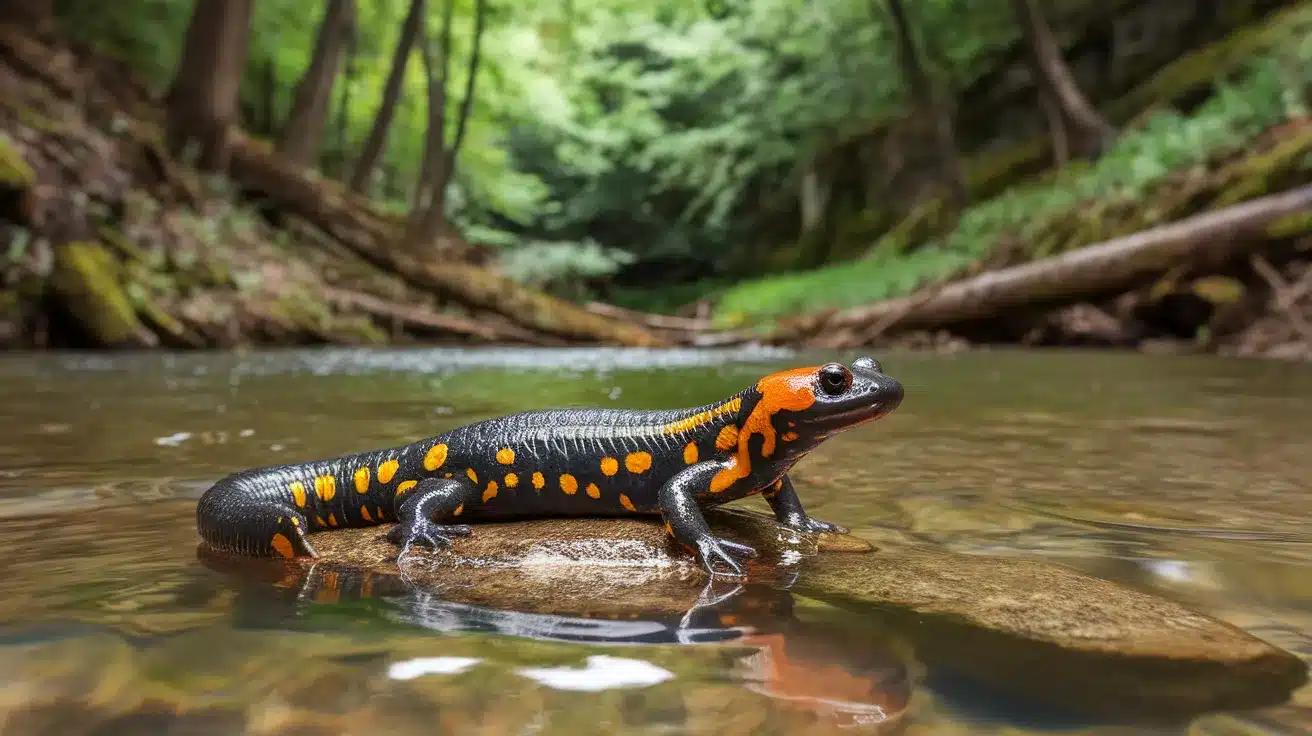
Classification: Amphibian
Habitat: Rivers and streams in Eastern USA
This giant aquatic salamander is crucial to freshwater ecosystems. However, pollution and habitat destruction are major threats to its survival.
14. Highland Frog
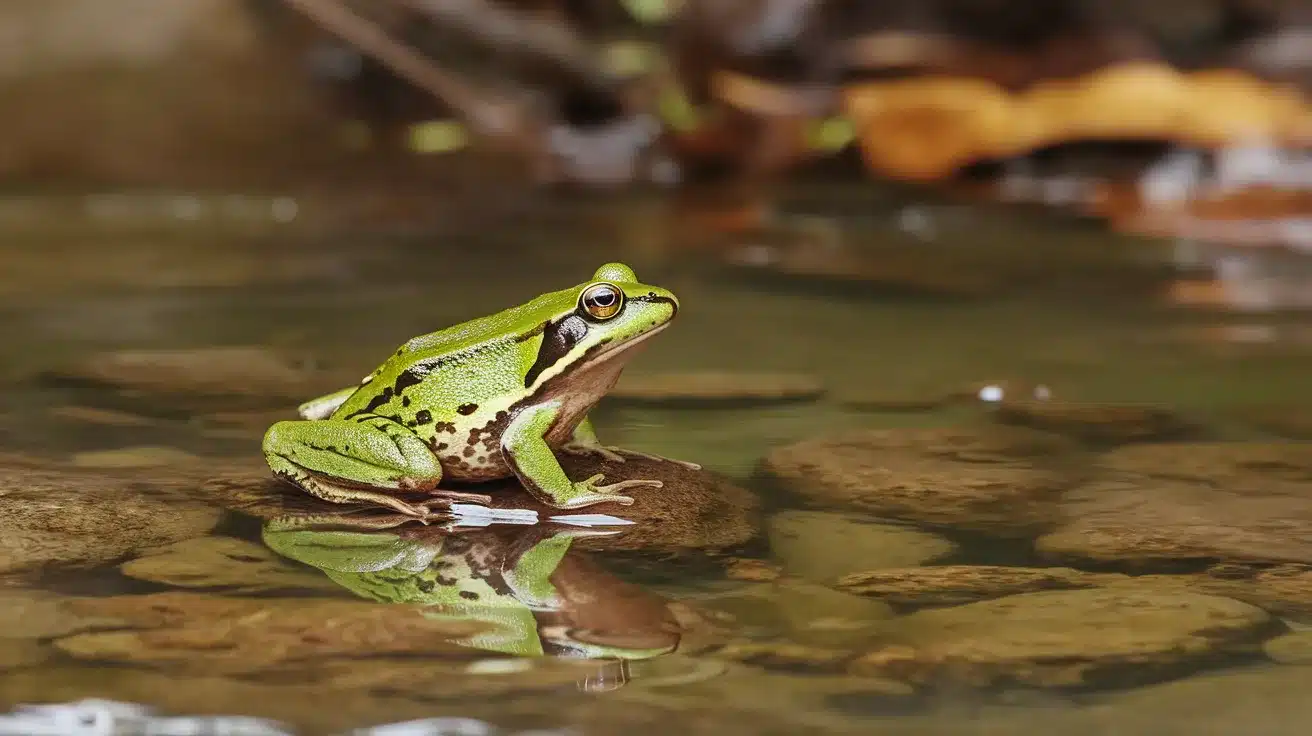
Classification: Amphibian
Habitat: High-altitude forests
These frogs thrive in cool, mountainous regions but are highly sensitive to climate change and habitat destruction.
15. Hook-billed Kite
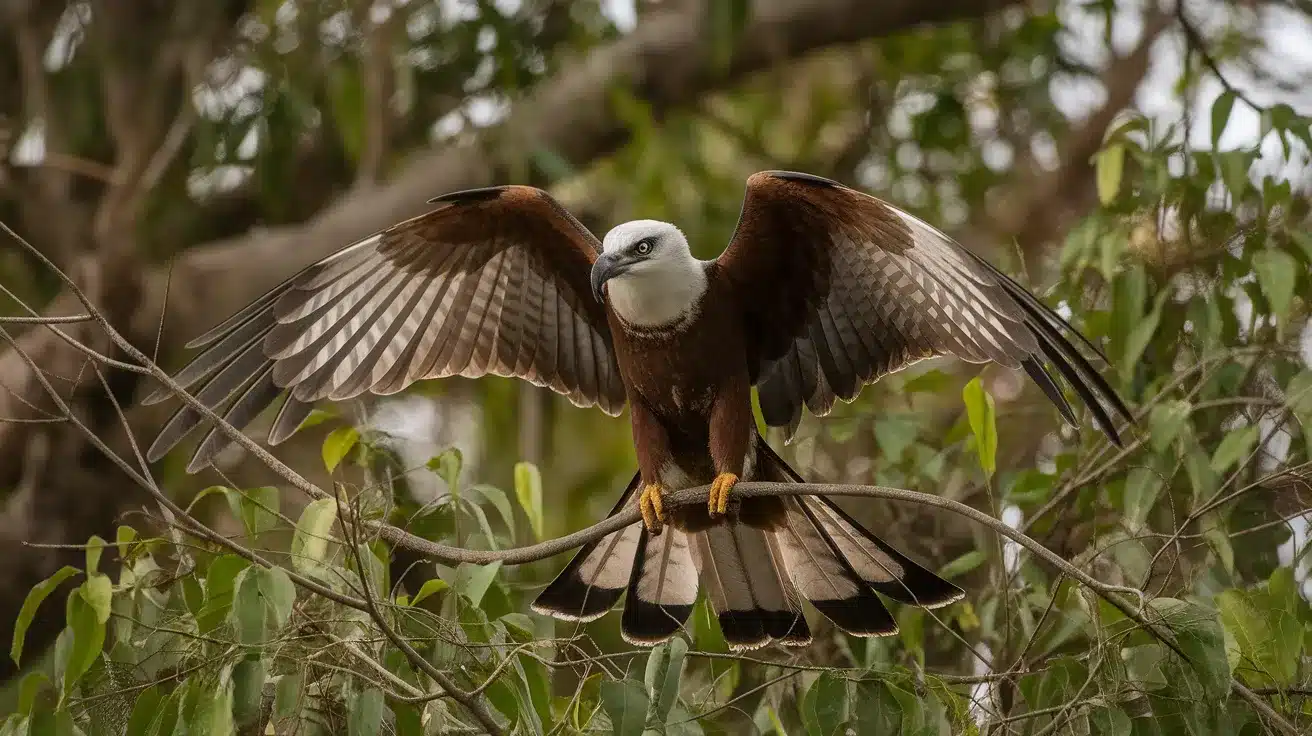
Classification: Bird
Habitat: Forests and woodlands of Central and South America
This raptor has a specialized beak for feeding on snails but is losing habitat due to deforestation and wetland destruction.
16. Humboldt Penguin
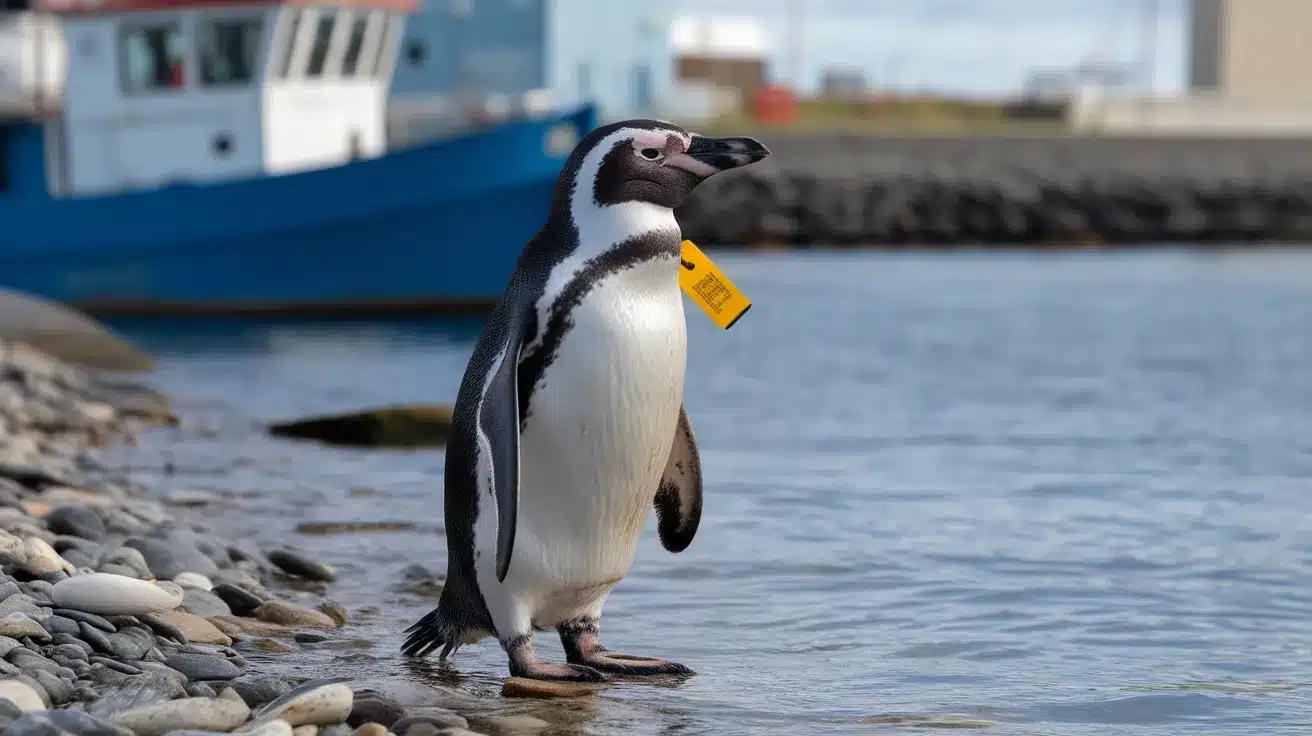
Classification: Bird
Habitat: Coastal regions of South America
Humboldt Penguins are adapted to warm climates but suffer from habitat destruction and climate change.
17. Hainan Partridge
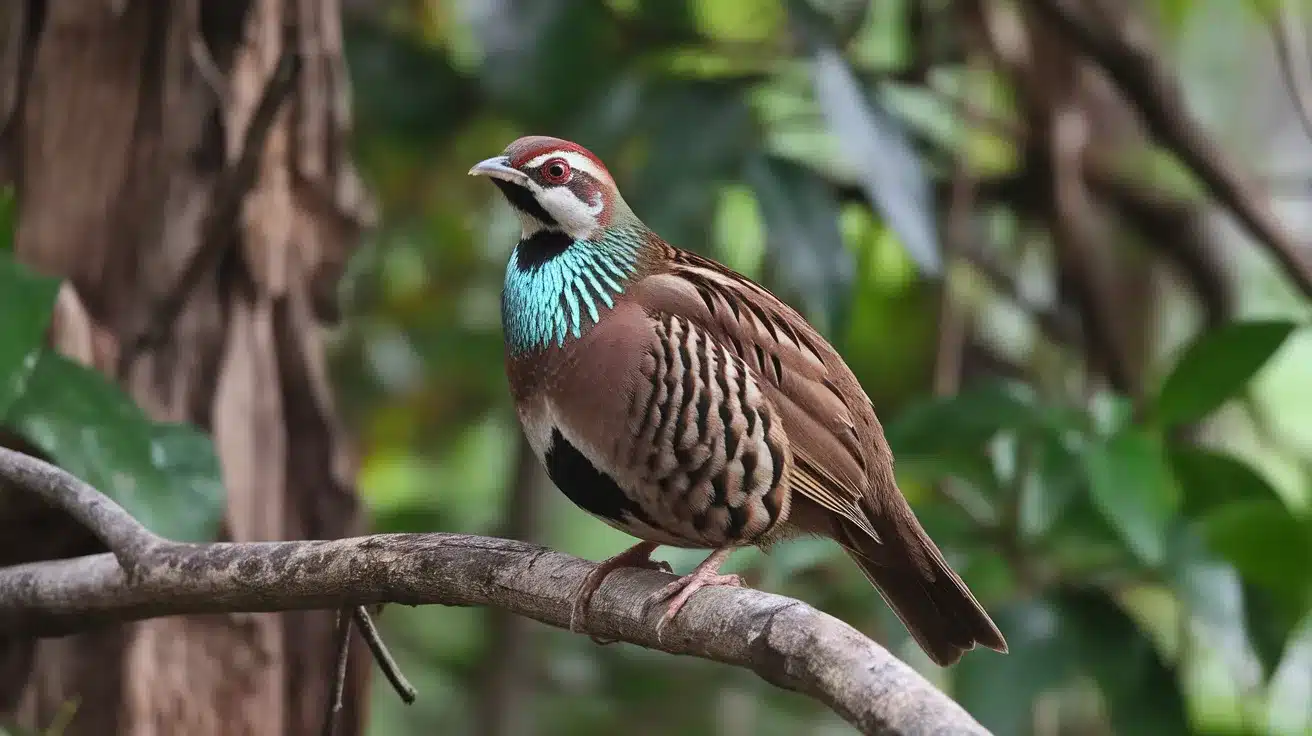
Classification: Bird
Habitat: Forests of Hainan Island
This rare bird is endemic to Hainan Island and faces habitat loss and hunting threats.
18. Highland Mangabey
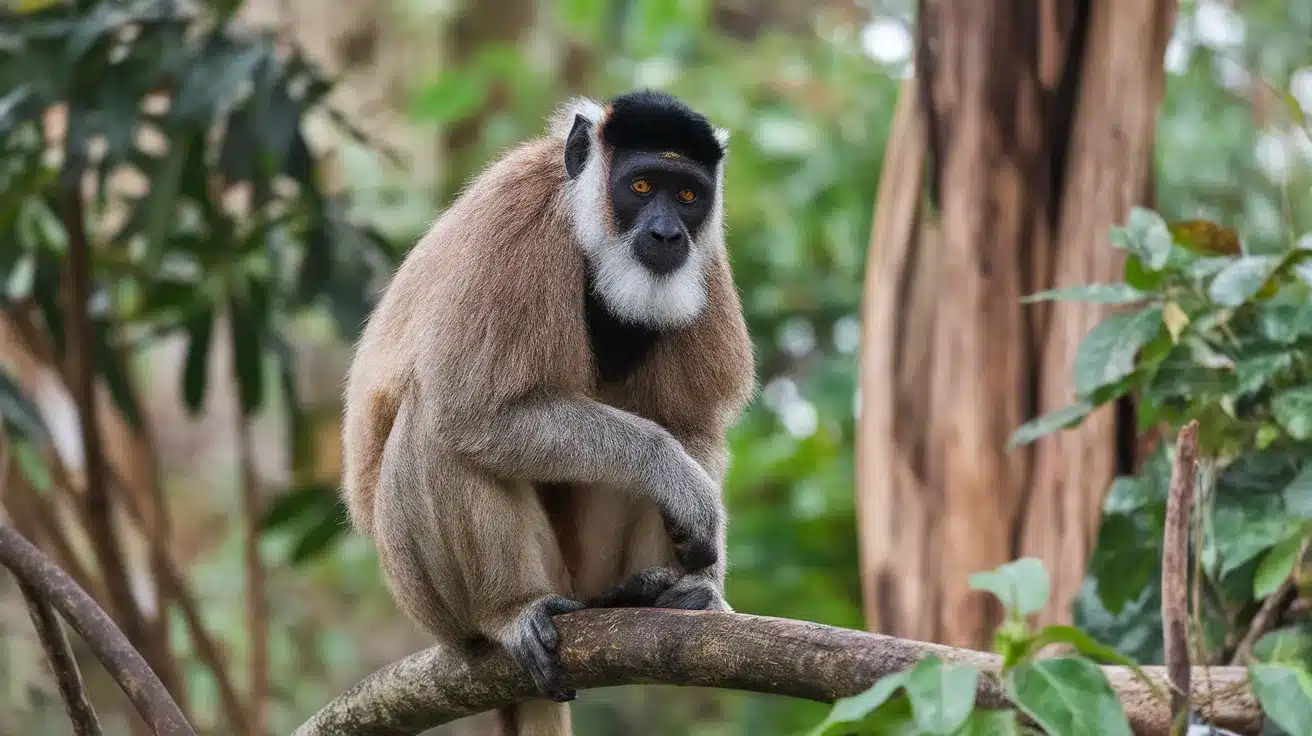
Classification: Mammal
Habitat: Montane forests of Tanzania
A recently discovered primate species, the Highland Mangabey, is at risk due to logging and agricultural expansion.
19. Hainan Tiger (Possibly Extinct)
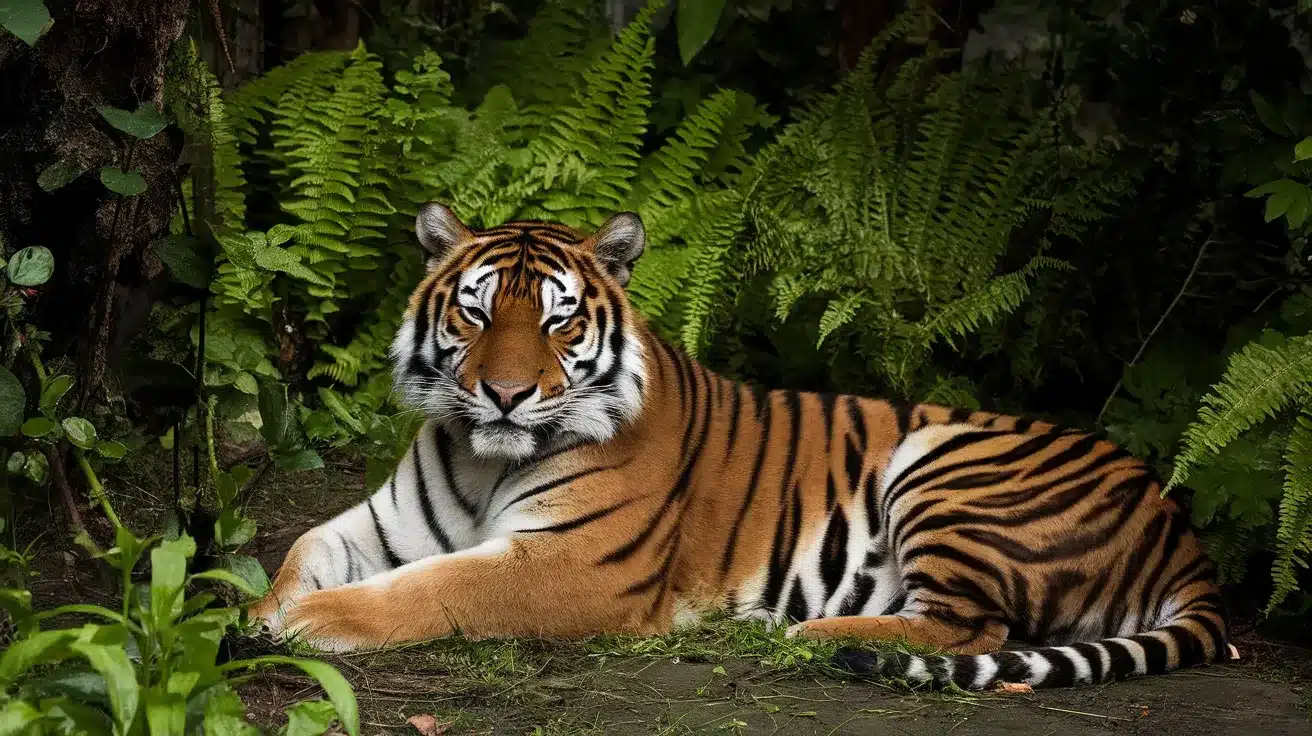
Classification: Mammal
Habitat: Forests of Hainan (Possibly Extinct)
This tiger subspecies is feared to be extinct due to excessive hunting and habitat destruction.
20. Hokkaido Brown Bear
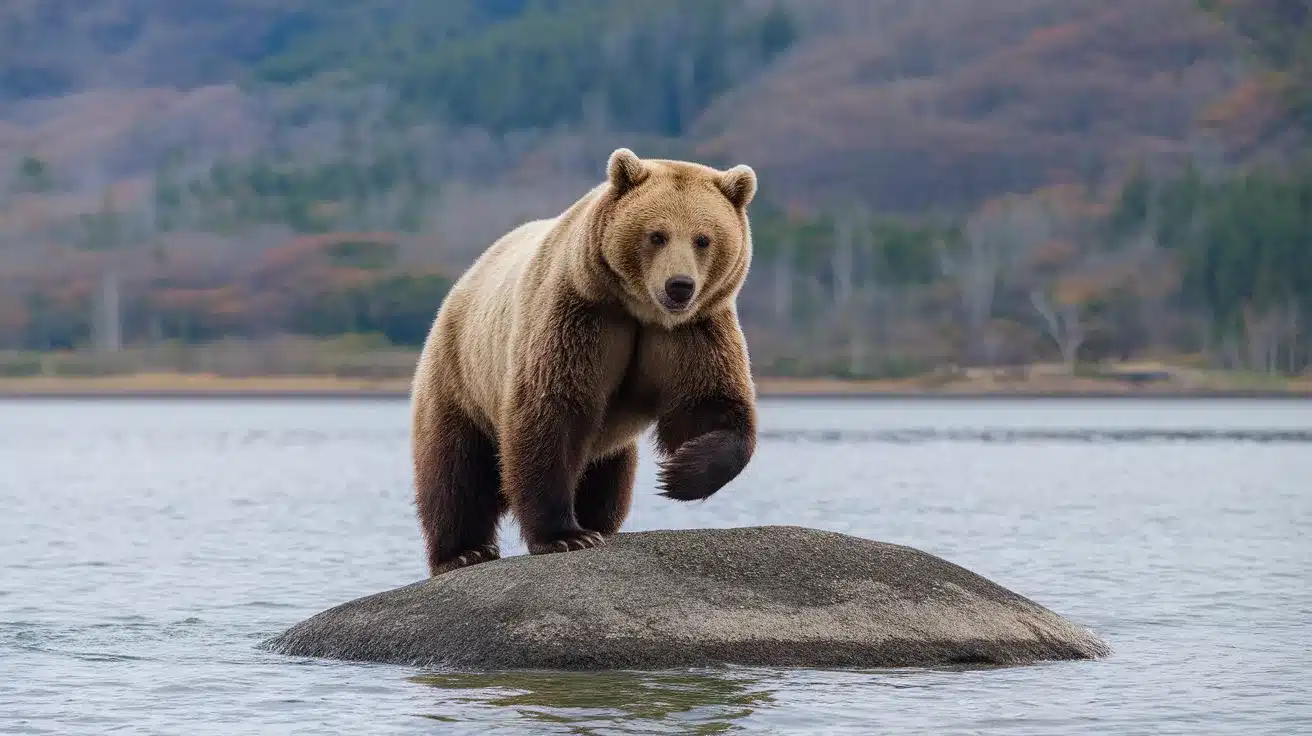
Classification: Mammal
Habitat: Forests of Hokkaido, Japan
These bears are a keystone species in their ecosystem but face habitat fragmentation and human-wildlife conflict.
21. Himalayan Musk Deer
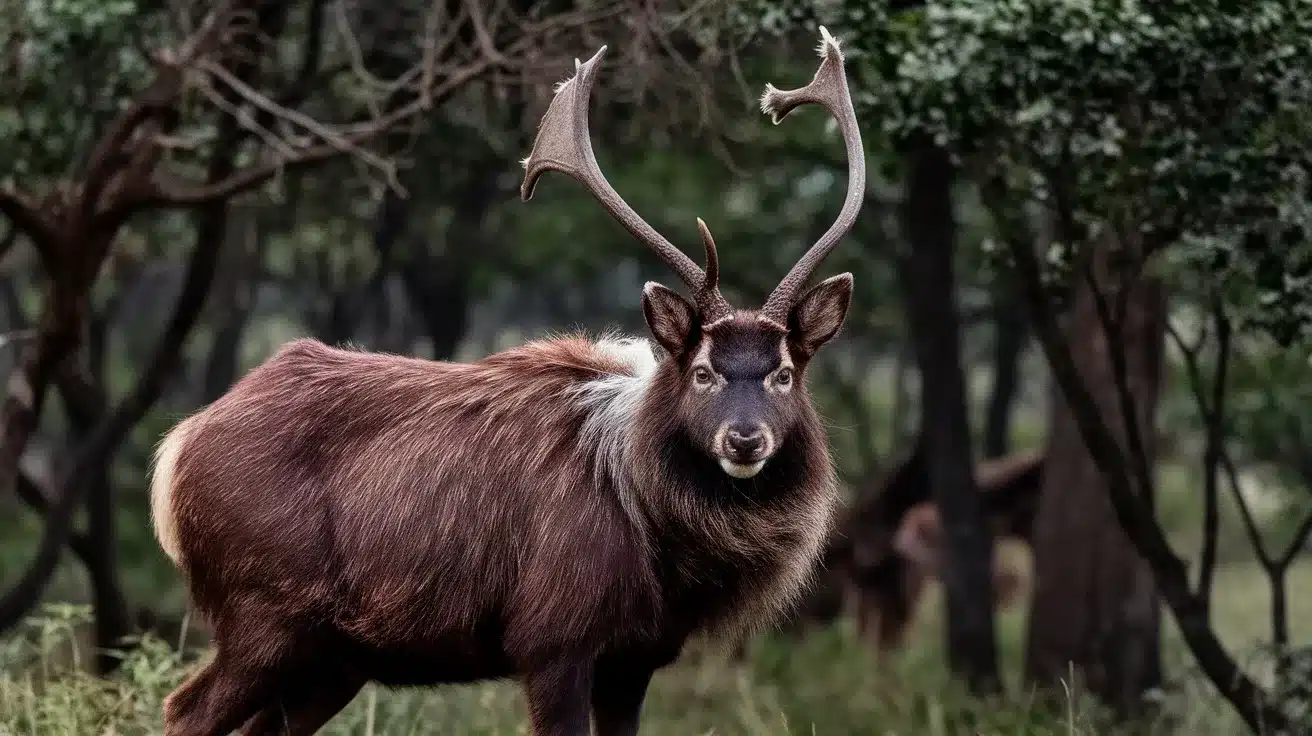
Classification: Mammal
Habitat: Himalayan forests and scrublands
Hunted for their musk glands used in perfume and medicine, these shy creatures are critically endangered.
22. Harlequin Frog
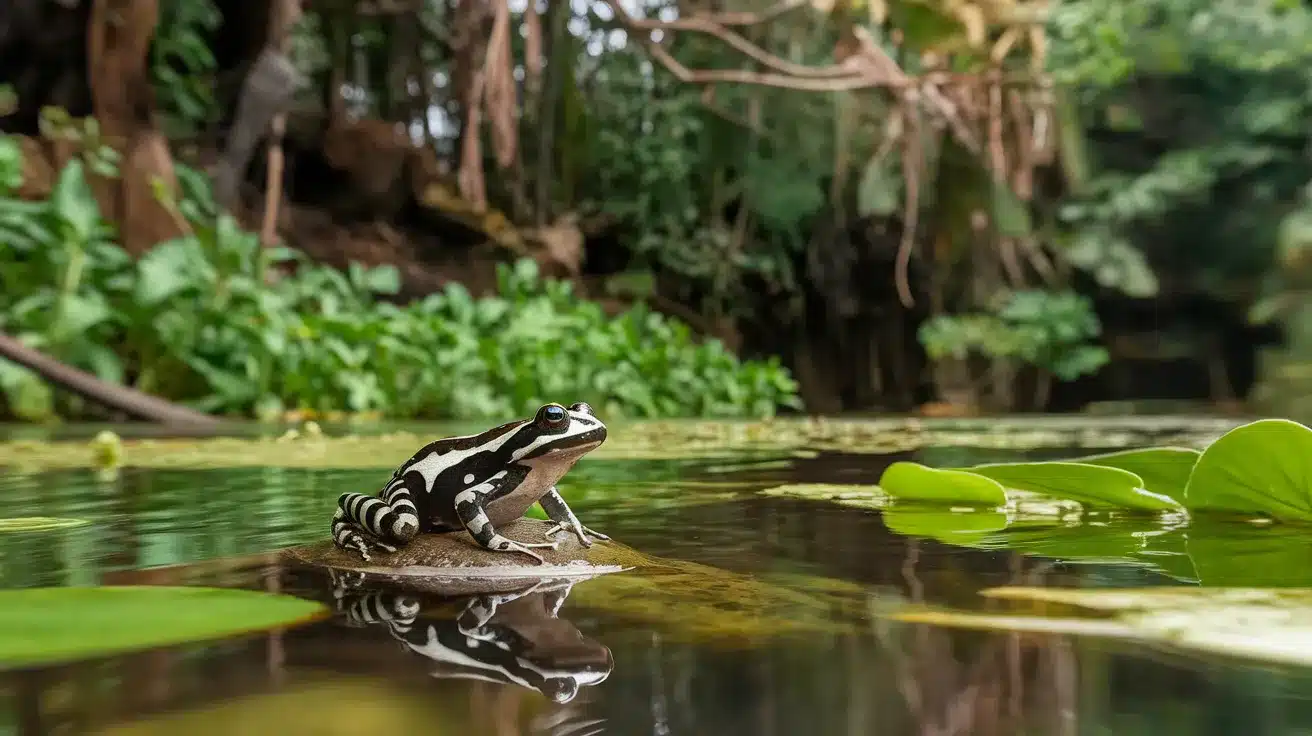
Classification: Amphibian
Habitat: Tropical and subtropical forests in Central and South America
This brightly colored frog is highly vulnerable to climate change and habitat destruction, making conservation efforts essential.
Meet the Other ‘h’ Animals You Didn’t Know About
23. Hedgehog
24. Helmeted Guinea Fowl
25. Hercules Beetle
26. Heron
27. Herring
28. Herring Gull
29. Highland Cattle
30. Himalayan Monal
31. Himalayan Tahr
32. Hispaniolan Solenodon
33. Hoary Bat
34. Hoatzin
35. Hokkaido Brown Bear
36. Hokkaido Dog
37. Hokkaido Wolf
38. Honduran White Bat
39. Honey Badger
40. Honey Bee
41. Hooded Crow
42. Hooded Merganser
43. Hooded Pitohui
44. Hooded Seal
45. Hook-billed Kite
46. Hoopoe
47. Horn Shark
48. Hornbill
49. Horned Frog
50. Horned Grebe
51. Horned Lizard
52. Horned Puffin
53. Horned Viper
54. Horse
55. Horsefly
56. Horseshoe Crab
57. Horseshoe Bat
58. House Finch
59. House Fly
60. House Gecko
61. House Mouse
62. House Sparrow
63. House Wren
64. Howler Monkey
65. Huemul
66. Humboldt Penguin
67. Humboldt Squid
68. Hummingbird
69. Humpback Anglerfish
70. Humpback Whale
71. Humphead Parrotfish
72. Humphead Wrasse
73. Huntsman Spider
74. Hutia
75. Hyacinth Macaw
76. Hyena
77. Hainan Gibbon
78. Hainan Partridge
79. Hainan Tiger
80. Hairy Crab
81. Hairy Squat Lobster
82. Hainan Peacock Pheasant
83. Halfmoon Betta
84. Half-banded Spiny Eel
85. Harlequin Shrimp
86. Harlequin Tuskfish
87. Hatchetfish
88. Hatchling Alligator
89. Hatchling Turtle
90. Haddock Fish
91. Hardhead Fish
92. Hairy Scorpion
93. Harlequin Coral Snake
94. Harlequin Filefish
95. Harlequin Toad
96. Harlequin Frog
97. Hognose Snake
98. Hedgehog Tenrec
99. Himalayan Marmot
100. Himalayan Black Bear
101. Himalayan Vulture
102. Himalayan Yak
103. Hump-nosed Pit Viper
104. Highland Wild Goat
105. Highland Wild Sheep
106. Hooded Warbler
107. Harlequin Macaw
108. Hawaiian Petrel
109. Hawaiian Bobtail Squid
110. Hairy-legged Vampire Bat
111. Hottentot Teal
112. Helmet Jellyfish
113. Horsehair Worm
114. Hairy Hermit Crab
115. Harlequin Filefish
116. Hard Coral
117. Hairy Tarantula
118. Hummingbird Hawk-Moth
119. Hottentot Fig Beetle
120. Humpback Grouper
121. Hammerjaw Fish
122. Hairy-nosed Otter
123. Hairy-clawed Crayfish
124. Hispaniolan Parrot
125. Honduran Emerald
126. Hawaiian Tree Snail
127. Hummingbird Hawk-Moth
128. Hottentot Fig Beetle
129. Humpback Grouper
130. Hammerjaw Fish
131. Hairy-nosed Otter
132. Hairy-clawed Crayfish
133. Hispaniolan Parrot
134. Honduran Emerald
135. Hummingbird
136. Humpback Whale
137. Humpback Anglerfish
138. Humphead Wrasse
139. Huntsman Spider
140. Hutia
141. Hyacinth Macaw
142. Hyena
143. Hainan Gibbon
144. Hainan Partridge
145. Hainan Tiger
146. Hairy Crab
147. Hairy Squat Lobster
Significance of H-Starting Animals in Nature
Animals that start with H play important ecological roles across various ecosystems. They contribute to biodiversity by supporting food webs, controlling pest populations, and aiding in pollination and seed dispersal.
Species like hedgehogs, herons, and hummingbirds help maintain a natural balance by regulating insect populations, enhancing plant growth, and supporting the food chain.
Other species, such as hawks and hyenas, act as predators, controlling smaller animal populations and ensuring healthy prey populations.
Additionally, humpback whales and humphead wrasses contribute to the health of marine ecosystems, supporting coral reefs and nutrient cycles.
Overall, H-starting animals are essential in maintaining the stability and resilience of ecosystems, from forests to oceans.
The Bottom line
Learning about the diverse animals that begin with H reveals nature’s remarkable variety.
From the humble hedgehog to the massive hippopotamus, these creatures showcase unique adaptations across different habitats—from seas to savannas.
Our exploration covered 147 species, including familiar animals like horses and lesser-known ones like the hellbender salamander.
Understanding these animals’ habitats and classifications helps us appreciate their roles in maintaining ecological balance.
Your interest in wildlife makes a difference in conservation efforts.






